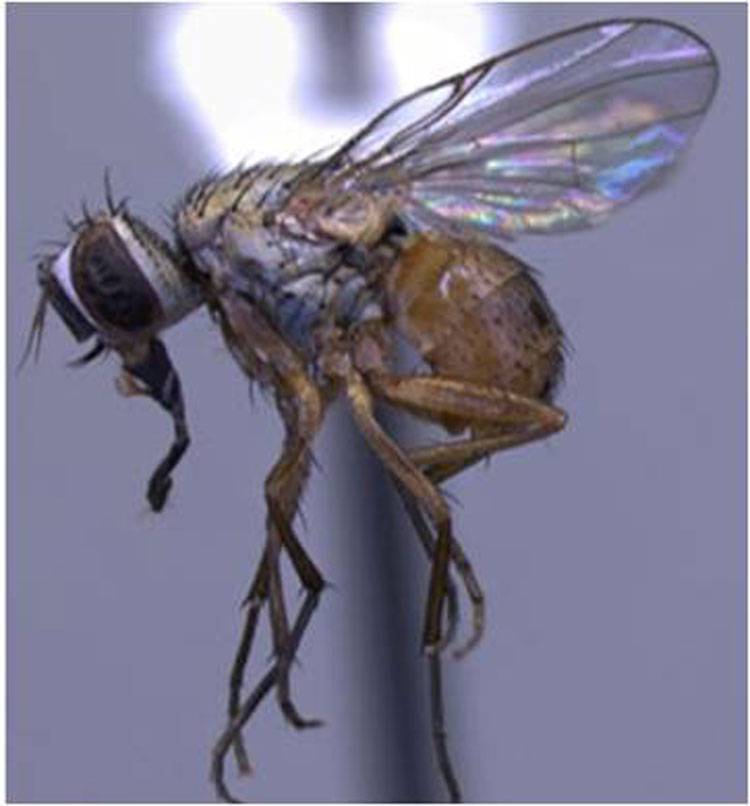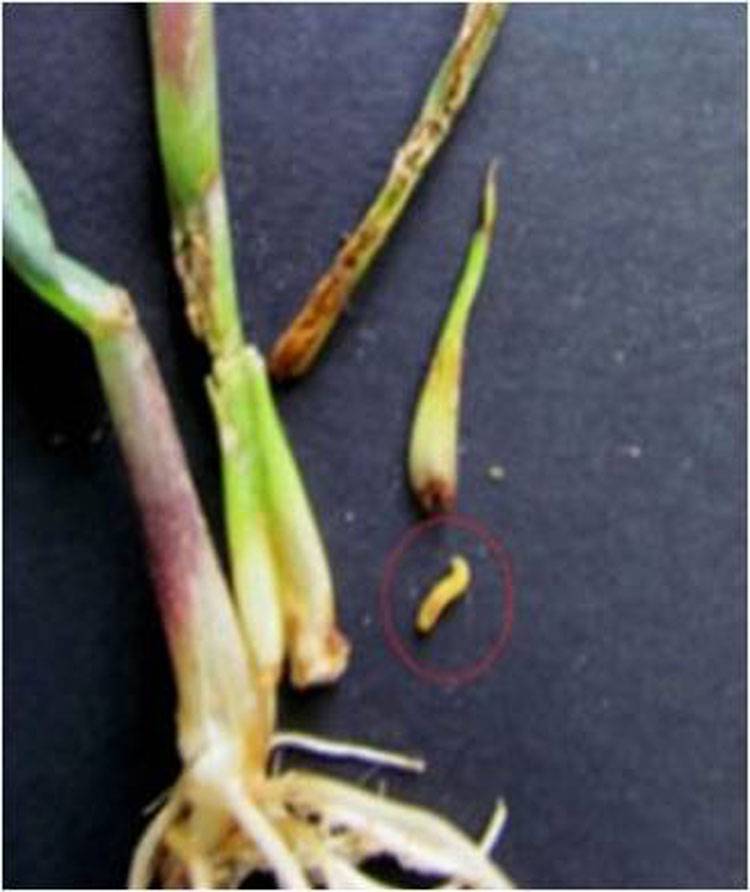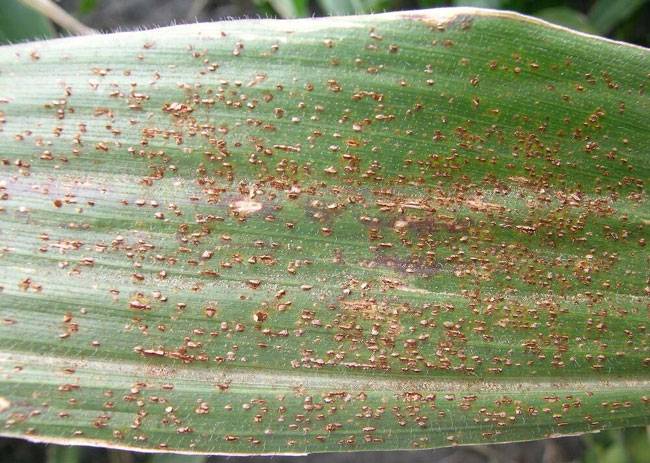Maize
Shoot Fly

Shoot Fly
Atherigona orientalis

Shoot Fly
Atherigona orientalis

Shoot Fly
Atherigona orientalis
The Underestimated Pest of Warm Climates
Atherigona orientalis, also known as the pepper fruit fly or tomato fruit fly, is an often-overlooked insect pest of tropical and subtropical regions. Despite its name, it is not a true fruit fly like those in the Tephritidae family but belongs to the Muscidae family, the same group as the common house fly. Traditionally considered a saprophagous species that thrives on decaying organic matter, recent observations suggest that A. orientalis is emerging as a primary pest of key agricultural crops, especially pepper and tomato. With a broad host range and adaptability to various environmental conditions, it is gaining attention as a pest that demands closer monitoring and management.
1. Taxonomy & Identity
-
Common names: Pepper fruit fly, tomato fruit fly
-
Belongs to the Muscidae family, not Tephritidae
-
Adult flies are small (≈4 mm) with yellowish-gray bodies and square-shaped heads (Olsen 1996)
2. Distribution
-
Widely distributed across tropical and subtropical regions
-
Often seen as a secondary pest but increasingly reported as a primary pest in crops like pepper (Capsicum spp.) and tomato (Solanum lycopersicum)
3. Feeding Behavior
-
Larvae (maggots) are saprophagous and polyphagous
-
Feed on damaged fruits, decaying plant material, feces, carrion, and even other insect larvae
-
Known predators of larvae from species like Spodoptera litura, Bactrocera spp., and Dacus spp. (Skidmore 1985; Uchida et al. 2006)
4. Host Plants
-
Major Hosts:
-
Pepper, tomato, cabbage, cauliflower, beans, melon, sorghum, orange
-
-
Minor Hosts:
-
Onion, cucumber, carrot, peach, eggplant, wheat, maize
-
5. Oviposition and Egg Details
-
Eggs laid in cracks of ripe/rotting fruit or under calyx
-
Also laid in oviposition sites created by other insects or in organic waste
-
Eggs are ~0.9 mm long; hatch within 12–24 hours at ~29°C (85°F)
6. Larval and Pupal Development
-
Larvae go through 3 instars in 5 days
-
Third instar reaches 4–6 mm in length
-
Pupation occurs in fruits or soil
-
Puparia are dark orange/red and broad
-
Pupal stage lasts about 6 days at 85°F (Skidmore 1985)
7. Life Cycle Duration
-
Complete life cycle ranges from 18 to 30 days, depending on temperature and humidity
8. Environmental Preferences
-
Optimal Temperature: 20°C to 30°C for egg development
-
Humidity Range: Prefers 60–65% RH
-
Cold and cloudy weather can trigger population outbreaks
9. Symptoms and Plant Damage
-
Infestation starts with egg-laying on or around fruit surfaces
-
Larvae bore into fruits causing internal rot and tissue damage
-
Commonly associated with fruit that’s already damaged or bored by other insects
-
Can be linked to "dead heart" symptoms caused by stem borers
10. Challenges in Management
-
Difficult to detect in early stages due to hidden egg-laying behavior
-
Often misidentified or overlooked due to resemblance to common house flies
-
Polyphagous and opportunistic behavior complicates control measures
Conclusion:
Atherigona orientalis may be small, but its potential for crop damage is significant—especially under favorable environmental conditions. As climate patterns shift and pest behavior adapts, this once “secondary pest” is fast becoming a serious concern for solanaceous and other horticultural crops. Regular monitoring, accurate identification, and integrated pest management (IPM) strategies are essential to mitigate its impact.
Blog
Explore Our Blog

